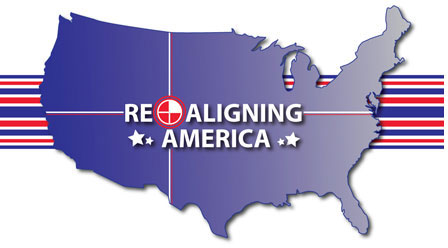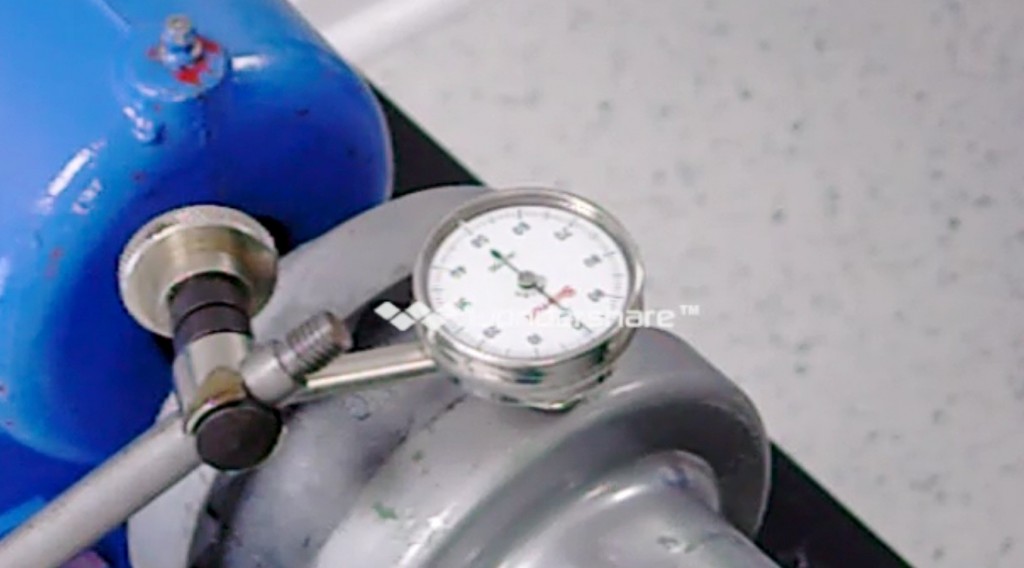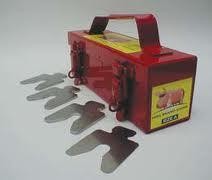SHIM STORAGE & USAGE: Shims are an integral part of obtaining precision shaft alignment in an efficient manner. Only new, clean shims should be used. The cost of new shims is minimal when compared to the cost of extra downtime caused by an inefficient precision alignment process. Proper choice, use and storage of shims is…
Read More
















